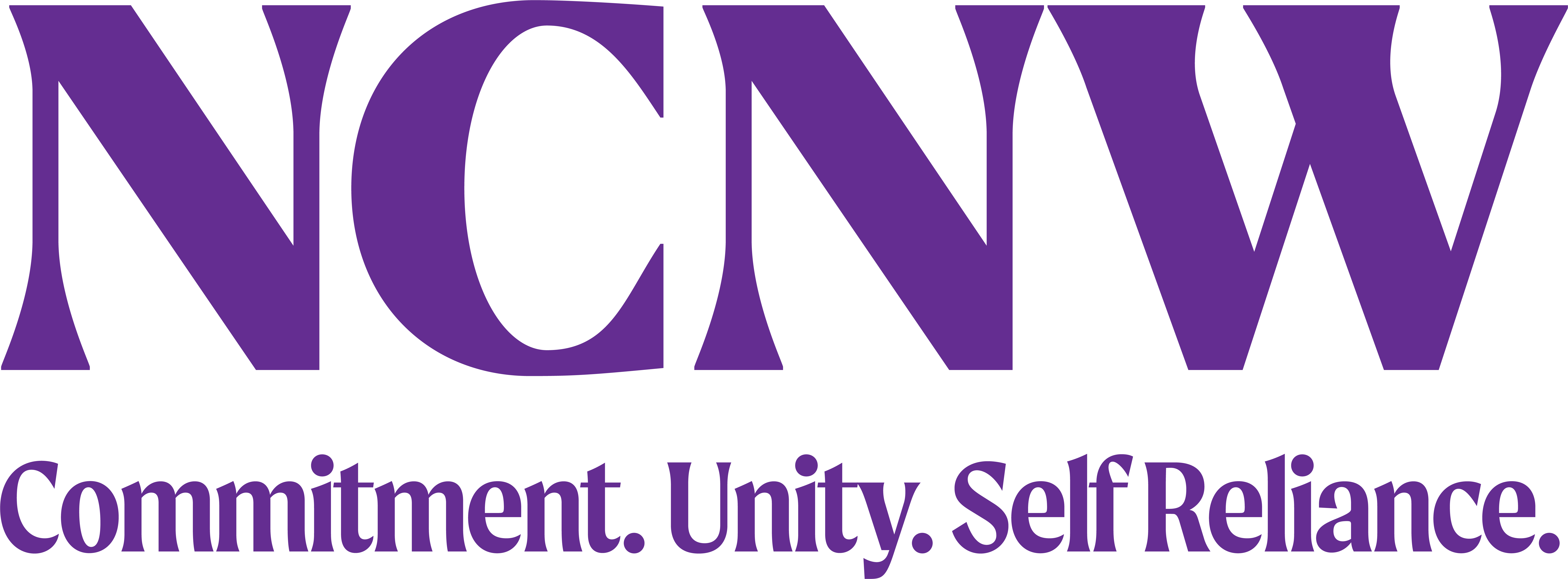Shedding Light on Infant Mortality in Ohio: A Call for Equity in Birth Outcomes
Shedding Light on Infant Mortality in Ohio: A Call for Equity in Birth Outcomes
Ohio, like many other states in the US, faces a heartbreaking challenge: racial disparities in infant mortality. While the overall infant mortality rate has seen some decline, Black infants are still significantly more likely to die before their first birthday compared to white infants. This blog post will delve into the current state of infant mortality in Ohio, explore the root causes of this disparity, and propose solutions towards achieving equity in birth outcomes.
The Current Landscape
According to the Ohio Department of Health, in 2021, the infant mortality rate for all races in Ohio was 7.1 per 1,000 live births. However, a deeper look reveals a troubling reality. Black infants have a mortality rate of 14.2, nearly three times higher than white infants at 5.4. This racial gap persists year after year, highlighting a systemic issue demanding immediate attention.
Unequal Opportunities, Unequal Outcomes
The reasons behind this disparity are complex and multifaceted. Social determinants of health, like access to quality healthcare, affordable housing, and nutritious food, play a crucial role. Black mothers are more likely to face challenges in these areas, impacting their health and the health of their babies. Additionally, factors like stress due to discrimination and unconscious bias in the healthcare system can contribute to poorer birth outcomes.
Pathways to a More Equitable Future
Achieving equity in birth outcomes requires a multi-pronged approach. Here are some key steps:
Investing in Community-Based Programs
Support programs that provide comprehensive prenatal care, education, and social support services to mothers, particularly in underserved communities
Implicit Bias Training
Healthcare providers should undergo training to identify and address implicit biases to ensure fair and culturally competent care for all mothers.
Increasing Access to Quality Care
Expand access to affordable prenatal care, including transportation assistance and flexible clinic hours, to remove barriers for expecting mothers.
Addressing Social Inequities
Policies aimed at improving access to affordable housing, healthy food options, and economic opportunities can have a significant impact on maternal and infant health.
A Call to Action
Infant mortality is not just a statistic; it represents lost lives and shattered dreams. By working together, healthcare providers, policymakers, community organizations, and individual citizens can dismantle the systemic barriers that contribute to racial disparities in birth outcomes. By investing in programs that promote equity and ensuring access to quality care for all mothers, we can build a future where every child, regardless of race, has a fair chance to thrive.
Let’s work towards a future where all babies in Ohio have the opportunity to celebrate their first birthday and many more to come.
Additional Resources:
- Ohio Department of Health – Infant Vitality: https://odh.ohio.gov/know-our-programs/infant-vitality
- March of Dimes – PeriStats: https://odh.ohio.gov/know-our-programs/infant-vitality
We will surely be satisfied with healthy babies such as these. (See below)


